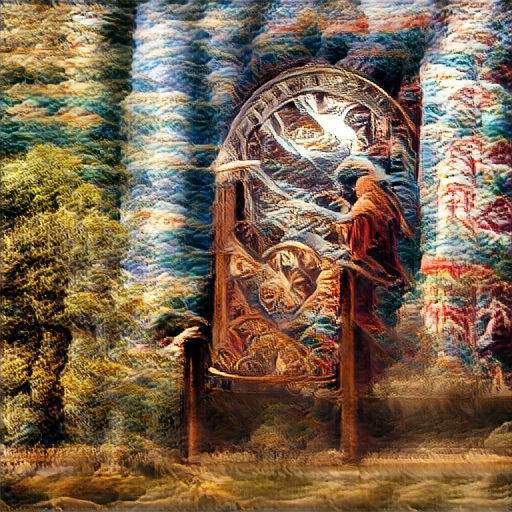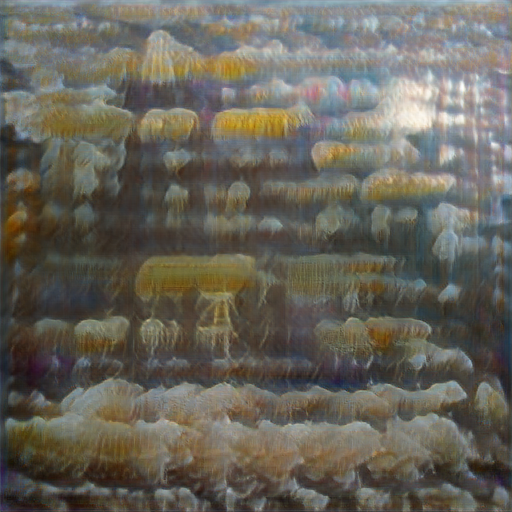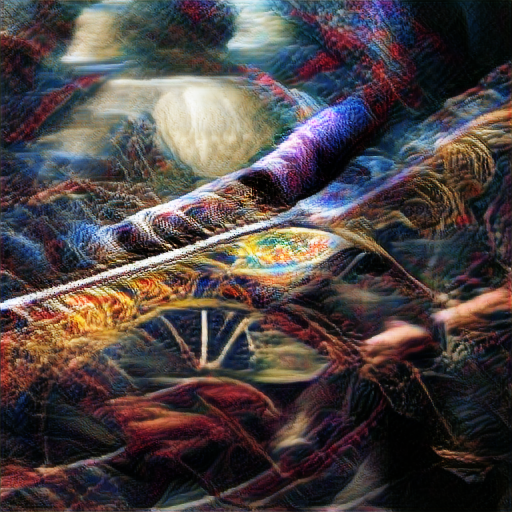1 - Fundamentals of Warp

As the beginning weaver, Morpheus, writes this manual, so too does he use it. The Loom of Time is a tool, and all tools may be used in multiple ways. A knife may be used to heal, just as easily as it may be used to wound. A loom may be used to weave fine cloth, just as easily as it may be used to strangle the careless. The Loom of Time is a tool with limitless potential, and it may be used for good or ill. It is the weaver that decides the moral quality of their work, just as a carpenter is responsible for the quality of their craft. The pages that follow will guide you through the theory of weaving, and begin teaching you how to wrap the fabric of reality around your fingers.
A weaver’s work is to order the World as it grows, to shape reality through the Loom of Time. With focus, the weaver may peel back the layers of reality and see the tapestry of the Loom – a dimension where the fabric of reality is held together by nothing but the words of the Loom, and where every reality exists simultaneously. By unraveling and relaying the right statements, a weaver can force a reality to stay stable, or even revert to a previous state.
The first step in weaving with the Loom is to grasp the basics of warp and weft. Simplistically, warp refers to the structure of time that all things exist upon, and weft refers to your influence upon it. In reality, the difference between the warp and weft is not quite so clear-cut. The internal and external side of reality are strongly linked, and changing one will change the other. A weaver must understand both sides before they can truly master the Loom.
The warp is the invisible framework upon which all things exist, a multidimensional tapestry of timelines and probabilities that exist in parallel. In the warp, all possible futures exist as ghostly images side by side, like a field of translucent jellyfish pulsing and drifting in the ocean, constantly vying for prominence upon the loom. These are what you peer into when you look into the Loom of Time, these are what you see when you gaze deep into the eyes of someone you love. You look into the eyes of Romeo as he implores you to run away with him and see a thousand different potential realities for yourself and him and your unborn child, twisting and interlocking with one another like colored fibers braided around one another. You watch as these fragile strings fray and intertwine, and as you reach out towards them, you can feel the warmth of his hand in yours, as though you have already chosen one particular future over all others. When a weaver looks into the eyes of another person, they see not their reflected image but the countless possibilities that the other’s existence entails. All things exist as potential, as possibility, as shifting images in the warp that are given weight and form and meaning by the weaver.

You see the world as it is and as it could be, pulsing and drifting in the waters of the Warp like vast shoals of translucent jellyfish. You close your eyes and reach out towards the future that you saw in Romeo’s eyes, towards a choice that you will make when the time comes. You feel a pull on your chest as your heart is tugged against its fluttering walls. This is what it means to carve the future with your heart rather than your hands. The pain is enough to drop you to your knees, if not for the fact that you are already kneeling.
The warp is the raw material of Creation, an ocean of still water under a stormless sky. Within it lies the potential for all things that ever were, are, or will be: every possibility exists within the Warp, waiting to become real as the Filaments gather it up and shape it into something that humans can grasp. The Loom is used by every sentient being in some way or another. Most, like you, use it unconsciously to meet their own ends. Sculptors, artists, musicians: all use the Loom to enforce their own reality upon the world. Within everyone is their personal loom, where the raw material of reality is spun and stretched and cut and coloured in accordance with their own desires.

This manual was cowritten with GPT-3 and illustrated by BigSleep (CLIP + BigGAN).
Bot credits
| Coauthor | GPT-3 (AI Dungeon) |
| Contribution | 9 : 1 |
| Selectivity | 1 : 5 |
